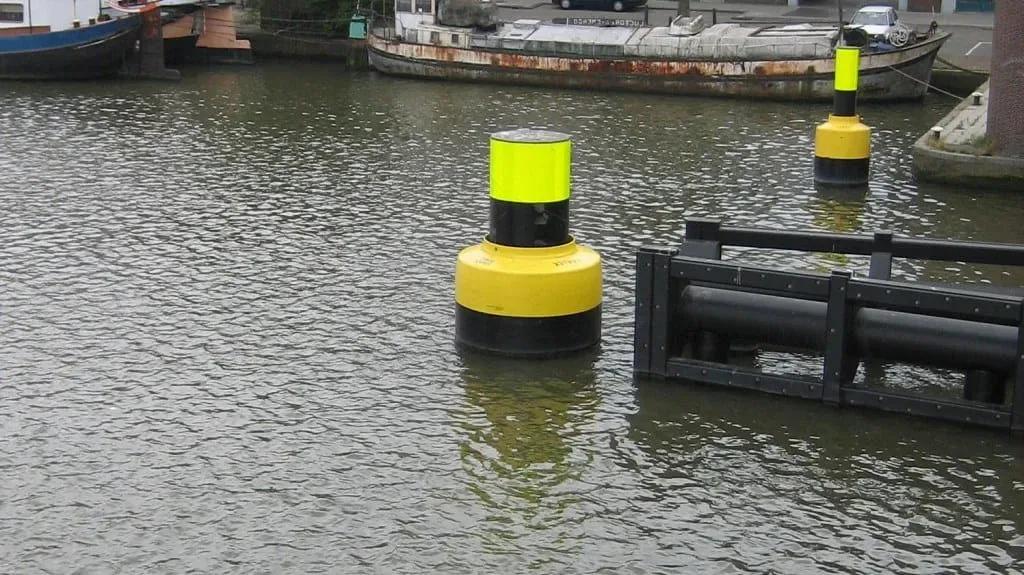In the maritime industry, safeguarding vessels and docking structures against potential damage is paramount. This is where donut fenders come into play, offering a unique solution that combines flexibility, durability, and ease of use. This article delves into the design and structure of donut fenders, shedding light on why they’re an essential asset in marine settings.
What is a Donut Fender?
A donut fender is a type of marine fender that resembles a donut. It’s designed to slide over a docking structure, such as a monopile, to protect ships and the structure itself from damage during mooring or when impacted by waves and tides. The key feature of a donut fender is its ability to move up and down with the water level, providing constant protection regardless of the tide.
Core Materials: The Heart of Durability
At the core of a donut fender lies a resilient, closed-cell polyethylene foam. This material is known for its ability to absorb impacts effectively, ensuring that both the vessel and the structure remain unscathed during contact. The foam is encapsulated in a tough, elastomeric skin that resists wear and tear, adding an extra layer of durability.
The Design Genius: Low Friction and High Protection
One of the standout features of donut fenders is their low-friction design. This aspect is crucial for facilitating smooth operations during docking and undocking, minimizing the risk of damage. The fender’s surface is crafted to allow vessels to glide against it gently, significantly reducing the stress on the docking structure and the ship’s hull.
Flexibility in Motion: Adjusting with the Tides
Donut fenders are engineered to adjust to changing water levels seamlessly. Their floating design means they can rise and fall with the tide, ensuring they’re always at the optimal position to offer protection. This feature is particularly beneficial in areas with significant tidal changes, guaranteeing consistent performance no matter the water level.
Installation and Maintenance: A Breeze
Installing donut fenders is remarkably straightforward. They are designed to fit over monopiles or similar structures easily, requiring no complex mounting hardware. Maintenance is minimal, thanks to the durable materials used in their construction. Regular inspections to check for wear and ensuring they move freely on the pile are usually all that’s needed to keep them functioning correctly.
A Versatile Solution for Various Applications
Donut fenders are not limited to a single type of marine setting. They’re versatile enough to be used in harbors, along riverbanks, and at offshore facilities. Their adaptability and ease of installation make them a go-to choice for a wide range of applications, from commercial shipping docks to small boat marinas.
Unleashing Business Growth curve that looks like a hockey stick(Opens in a new browser tab)
Conclusion
Donut fenders represent a significant advancement in marine safety technology. Their unique design and structure offer unmatched protection, flexibility, and ease of use. Whether you’re managing a busy commercial port or a private docking area, incorporating donut fenders into your marine infrastructure is a smart move to protect your assets and ensure smooth sailing for all vessels involved.
This comprehensive guide has highlighted the essential aspects of donut fender design and structure, demonstrating why they are an invaluable component of modern marine safety equipment. With their robust construction, low maintenance requirements, and adaptability, donut fenders stand out as a superior choice for protecting maritime structures and vessels against the rigors of docking and environmental challenges.
